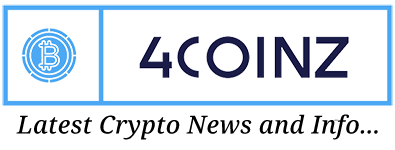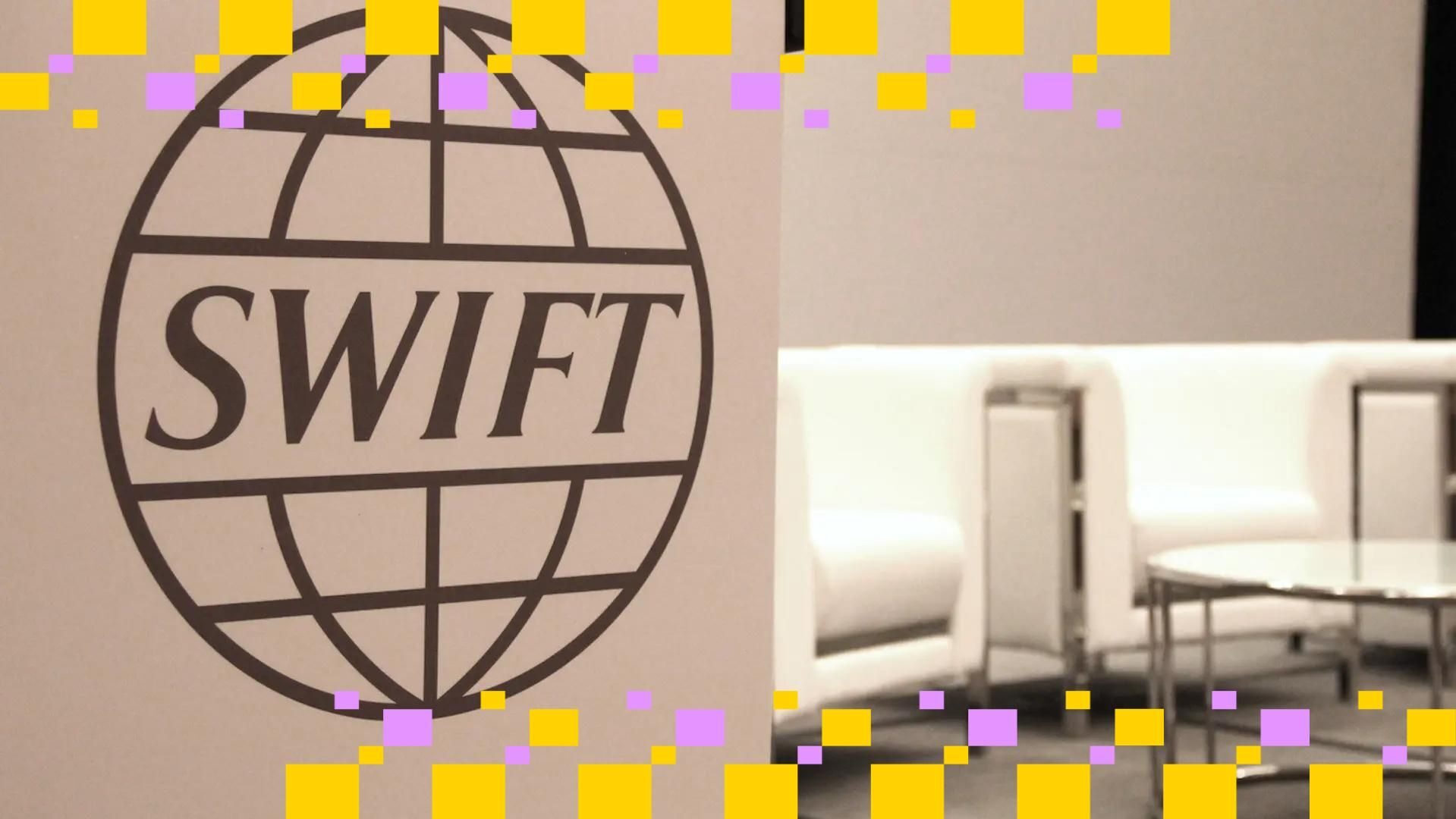The company that underpins the global financial messaging system is building infrastructure for onchain settlement as it seeks a role in blockchain-based finance.
By Krisztian Sandor, AI Boost|Edited by Aoyon Ashraf
Oct 5, 2025, 4:00 p.m.

- SWIFT is developing a blockchain platform to support stablecoin and tokenized asset transfers, transitioning from a financial messaging service to a blockchain infrastructure provider.
- The move could help onboard banks to digital assets and lower integration costs, analysts said.
- Its global reach gives SWIFT an edge, but payment system fragmentation may still persist, analysts argued.
SWIFT, the backbone of the global financial messaging system, is taking a step toward becoming a full-fledged blockchain infrastructure provider.
This week, the network unveiled plans to build a shared ledger platform that will let banks settle transactions involving stablecoins and tokenized assets across multiple blockchains.
STORY CONTINUES BELOW
While SWIFT has long served as the messaging layer for cross-border money movement, the new platform would put it closer to the center of value transfer.
That’s a major shift for a more than 50-year-old traditional financial organization known for handling communications between more than 11,500 banks, not for moving money itself.
“The big development is SWIFT’s changing business model to cope with blockchain disintermediation,” said Noelle Acheson, author of the Crypto Is Macro Now newsletter. “SWIFT, today, does not transfer value; it sends messages. Onchain, the message and the transfer are the same thing.
Acheson argued the new platform could act as a “switching” layer for digital currencies and tokenized assets, bridging otherwise siloed systems. However, she questioned whether SWIFT is still essential in a world of programmable money.
“Is SWIFT necessary in a tokenized financial system? No, it’s not—but it does have connections with virtually all global banks,” she said.
Those connections could give SWIFT an edge as banks look for a path into the blockchain economy.
“The industry is moving at a rapid pace, and stablecoins are being adopted globally at such a speed that traditional banks are having to take notice,” said Barry O’Sullivan, director of banking and payments at OpenPayd.
SWIFT said over 30 financial institutions are already engaged with the project. O’Sullivan expects more to follow as demand and regulatory clarity increase. “Adoption, interoperability and regulatory alignment will take time,” he said. “However, SWIFT is clearly positioning itself to play a meaningful role in shaping the evolving stablecoin and tokenised asset ecosystem.”
SWIFT’s platform could also “materially lower” technical barriers and integration costs for financial institutions that want to embed stablecoins into their operations, said David Duong, head of institutional research at Coinbase.
O’Sullivan noted that the platform could bring “some standardization to the global stablecoin ecosystem,” though fragmentation will likely persist. “Existing private stablecoins, CBDCs and regional solutions may continue to operate in parallel,” he said.
Duong described SWIFT’s initiative as a “watershed moment” for both crypto and traditional finance, but reminded that it has been years in the making. The company has been experimenting with distributed ledger technology since 2017, Duong said, including conducting pilot projects with Chainlink, tokenized securities platforms Clearstream and SETL and interoperability tests with CBDCs. Developing its own shared ledger platform appears to be the next stage in that long-running transition, Duong said.
Still, not everyone may see SWIFT as a neutral player. Its role in enforcing sanctions has led to distrust in countries where banks were cut off from the network, Acheson said.
“It’s not clear that its offering would stop the payment systems fragmentation, given global distrust following SWIFT’s role in enforcing U.S. and EU sanctions,” she argued.
Even so, SWIFT’s decision underscores that the lines between traditional and blockchain finance are increasingly getting intertwined and the world’s largest financial institutions are – slowly, then suddenly – taking initiative to stay relevant.
AI Disclaimer: Parts of this article were generated with the assistance from AI tools and reviewed by our editorial team to ensure accuracy and adherence to our standards. For more information, see CoinDesk’s full AI Policy.
More For You
By Francisco Rodrigues, AI Boost|Edited by Aoyon Ashraf
2 hours ago

NYDIG noted that the delay in reporting is notable, given USD1’s growing profile and $2.7 billion in supply, and may be a concern for investors.
What to know:
- World Liberty Financial’s USD1 stablecoin has fallen behind on publishing monthly attestation reports, with the most recent report available being from July, NYDIG said.
- The delay in reporting is notable given USD1’s growing profile and $2.7 billion in supply, and may be a concern for investors.
- USD1’s structure may also be impacted by the incoming GENIUS Act, which could limit stablecoin issuance to subsidiaries of regulated banks or state-qualified entities, and may require BitGo Technologies to make structural changes to comply.






